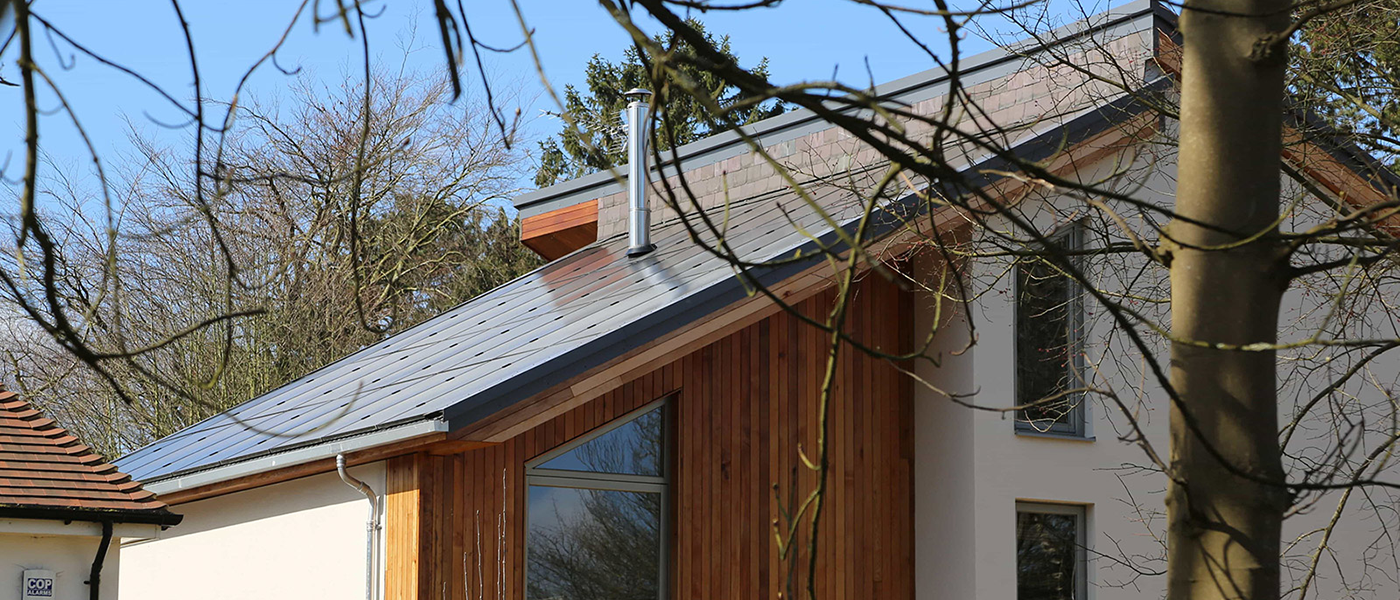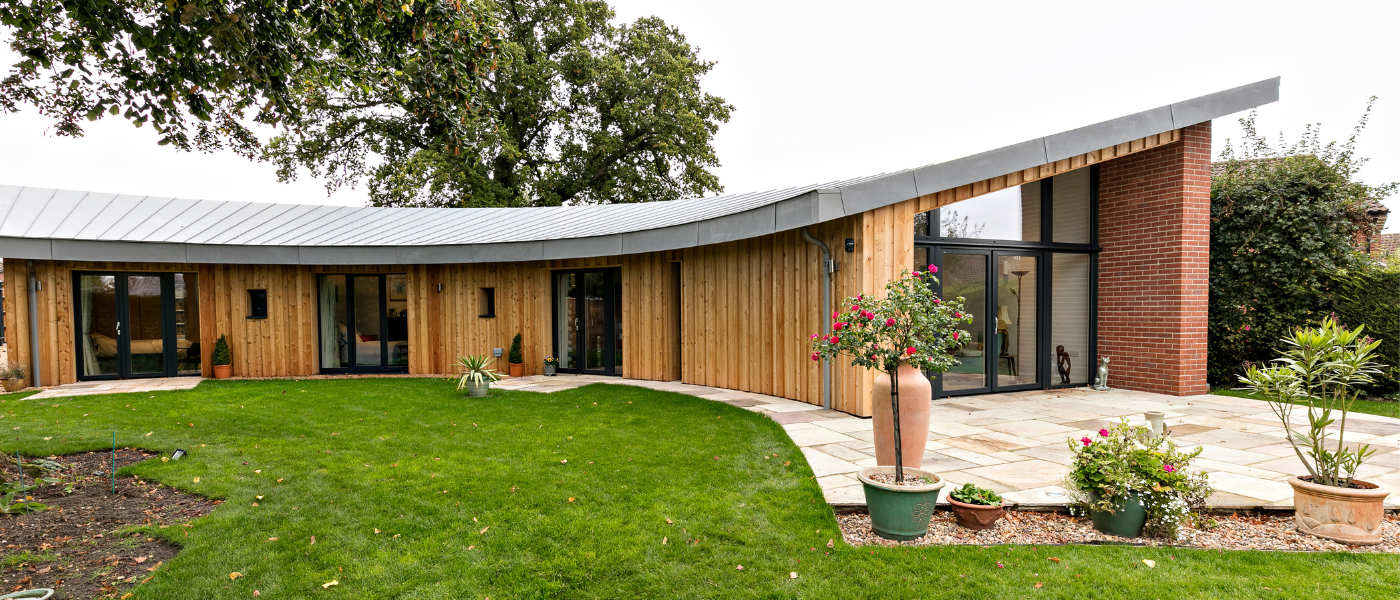Ventilation, Airtightness & Insulation

To fully appreciate the value of MVHR (Mechanical Ventilation with Heat Recovery) systems in low-energy homes, it's crucial to clarify how insulation and airtightness interact. While this may seem straightforward, we often encounter confusion about the distinct roles these elements play in energy-efficient construction and how they influence each other.
The thermal envelope of a building acts as the barrier separating the indoor environment from the external climate. Importantly, this envelope is not always defined by the outermost walls or roof; rather, it is the continuous layer that provides both insulation and airtightness. Both aspects are vital for energy efficiency, but they are not interchangeable and must be addressed at every stage of the build.
High levels of insulation are widely recognised for their contribution to reducing heat loss and improving comfort. However, the significance of airtightness is sometimes underestimated. In modern, energy-efficient buildings, increasing airtightness can be just as impactful as adding more insulation. That’s why it’s essential to develop an airtightness strategy from the earliest design phase and carry it through to completion.
A Brief History of Ventilation in Homes
Historically, homes were built with little regard for airtightness or insulation. As a result, they were naturally leaky, allowing warm air to escape and cold air to enter. This created a “chimney effect,” where warm, less dense air rose and exited through the roof, drawing in cold air at the ground level. The outcome was excellent ventilation—albeit cold and draughty interiors—and high energy consumption.
As awareness of energy efficiency grew, builders began to focus on insulation and, to a lesser extent, airtightness. This shift led to new challenges: condensation and mould. Everyday activities like cooking, bathing, and even breathing generate humidity. With less natural air movement, this moisture had nowhere to go, leading to damp patches and mildew, especially where insulation was inconsistent—so-called “thermal bridges” or cold spots.
To address these problems, building regulations introduced mandatory ventilation requirements. While this improved indoor air quality, it also resulted in greater heat loss, undermining some of the benefits of insulation.
Balancing Airtightness and Ventilation
Today, we have the expertise to construct homes that are both highly insulated and airtight. However, occupants still produce humidity and odours, and fresh air is essential for health and comfort. Simply sealing up a building is not enough; effective ventilation is needed to maintain indoor air quality without compromising energy efficiency.
Traditional solutions like trickle vents and extractor fans provide ventilation, but they can allow valuable heat to escape. This is where Mechanical Ventilation with Heat Recovery (MVHR) comes in. MVHR systems continuously extract stale, humid air from inside the home and replace it with filtered, fresh air from outside, recovering much of the heat in the process. This approach ensures excellent indoor air quality and comfort, while keeping energy consumption low.
Why MVHR Makes Sense in Modern Homes
- Energy Efficiency: MVHR systems minimise heat loss by recovering up to 90% of the heat from outgoing air, making them ideal for airtight, well-insulated homes.
- Comfort: Consistent ventilation eliminates cold draughts, reduces condensation, and prevents mould growth.
- Health: Continuous supply of filtered fresh air improves indoor air quality, benefiting occupants’ health and wellbeing.
- Building Longevity: Proper ventilation protects the building fabric from moisture damage, extending its lifespan.
Careful consideration of insulation, airtightness, and ventilation—supported by modern MVHR technology—enables the creation of homes that are comfortable, healthy, and energy-efficient for the long term.






